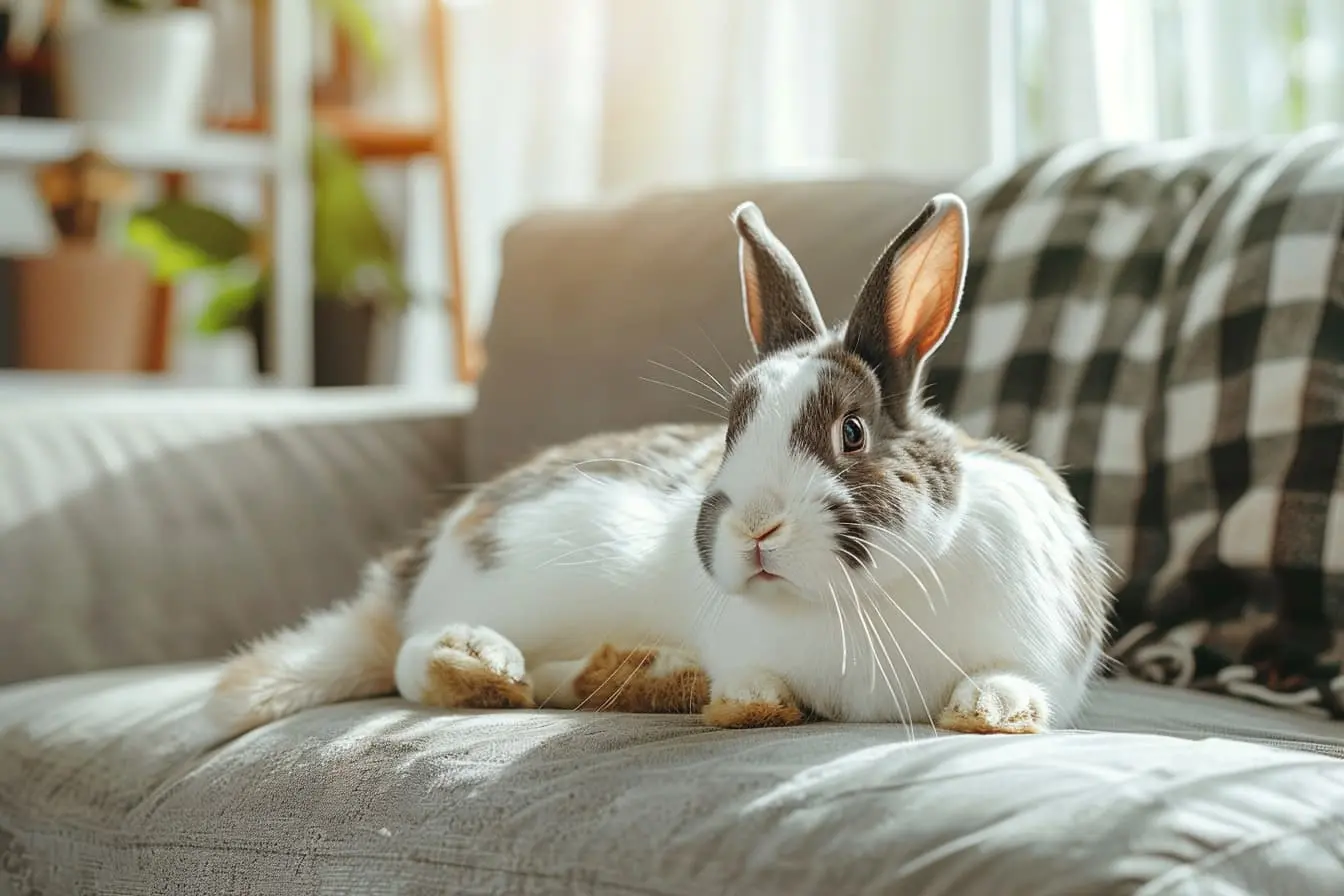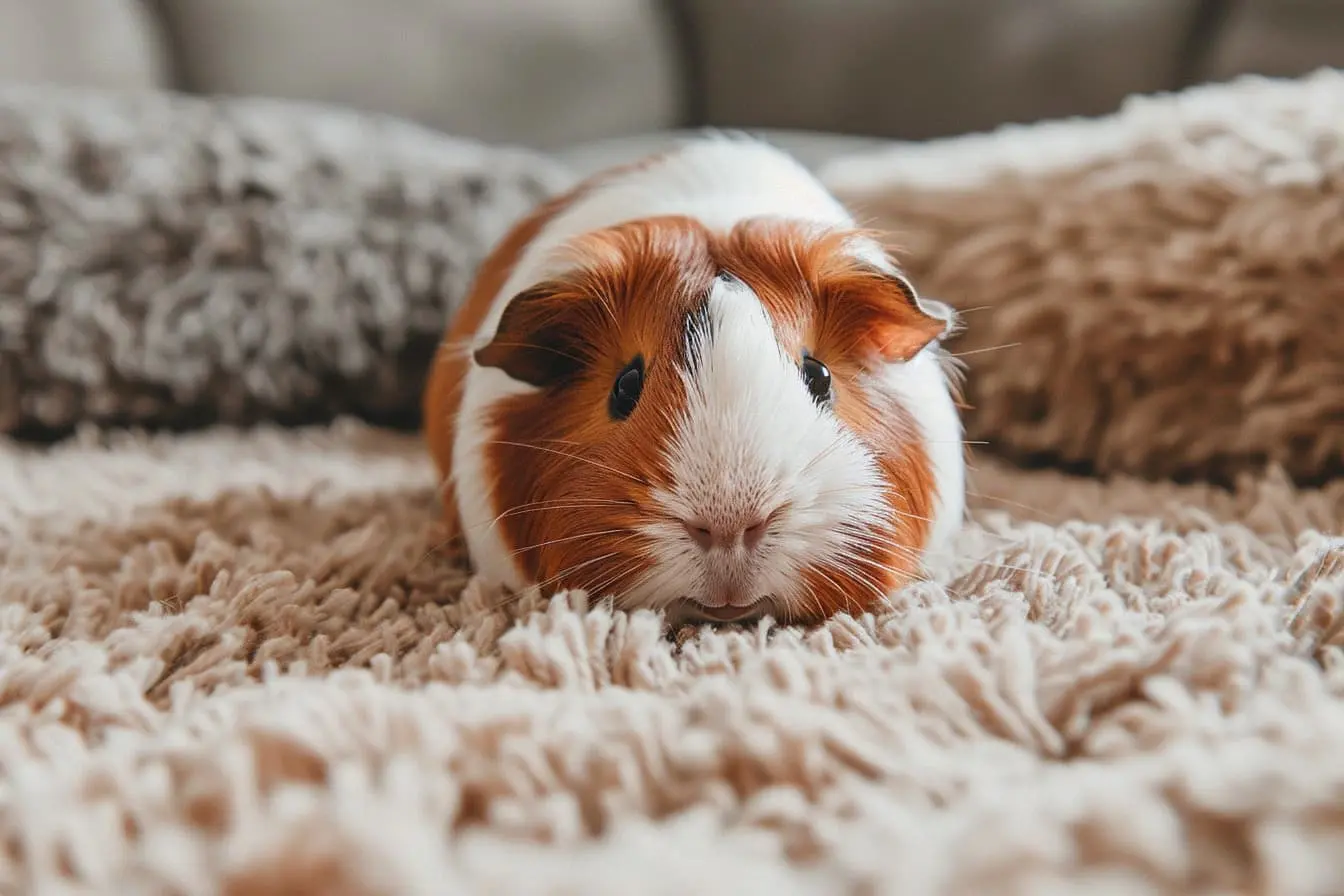
Bunny-Proofing Basics: Creating a Safe Home for Your Rabbit
Rabbits are curious and playful companions, known for their love of exploring and, let's be honest, chewing just about everything they can sink their teeth into. While these behaviours are natural, they can lead to trouble if our homes aren't properly bunny-proofed. Protecting your rabbit from household dangers, and your belongings from your rabbit, requires some thought and effort. Here's how to create a safe, rabbit-friendly home.
Understanding Rabbit Behaviour
Rabbits are ground dwellers by nature, with a strong inclination to chew due to their ever-growing teeth. They're also inclined to squeeze into small spaces, dig, and jump. Bunny-proofing, therefore, involves managing these behaviours through environmental modification and supervision.
Key Bunny-Proofing Strategies
Protect Electrical Cords
Rabbits can't resist chewing on electrical cords, which poses a serious risk of electrocution. Conceal cords with cord protectors, run them through PVC pipes, or elevate them out of reach.
Furniture and Baseboards
Wooden furniture and baseboards can become prime targets for a bunny's teeth. Use plastic guards, covers, or bitter apple spray to deter chewing. Monitoring and redirecting your rabbit's chewing behaviour to appropriate toys is also essential.
Houseplants
Many common houseplants are toxic to rabbits. Ensure all plants are out of reach or removed from accessible areas. Consider replacing them with rabbit-safe alternatives if you still want greenery in your home.
Block Off Restricted Areas
Use baby gates or playpens to restrict access to areas of your home that haven't been bunny-proofed or contain items you can't protect. Pay special attention to small spaces behind or under furniture where your rabbit could get stuck or hide.
Rugs and Carpets
Rabbits often chew on and dig at carpets and rugs. Use bitter apple spray on corners or edges that seem to attract the most attention, and provide alternative digging toys or a digging box filled with shredded paper or hay.
Securely Store Small Objects
Rabbits can choke on small objects like pen caps, coins, and rubber bands. Keep floors and low shelves clear of small items and consider the use of childproof locks on lower cabinets.
Create a Safe Play Area
Designate a rabbit-proof area where your bunny can explore and exercise under your supervision. Ensure this space has plenty of rabbit-safe toys to chew on and interact with, satisfying their need to play and explore without danger.
Toxic Substances
All cleaning products, insecticides, and other chemicals must be securely stored away. Even small amounts of these substances can be fatal to rabbits.
Regular Maintenance and Supervision
Bunny-proofing is not a set-it-and-forget-it task. Regular checks are necessary to ensure protections remain in place and to adapt to your rabbit's changing habits. Always supervise your rabbit when it's out of its cage, especially in areas that haven't been fully bunny-proofed.
Conclusion
Rabbits make wonderful, affectionate pets, but their natural behaviours can pose challenges within a home not prepared for them. By taking the time to bunny-proof your house, you can provide a safe environment for your furry friend to live and play in, ensuring both their wellbeing and the preservation of your belongings. Remember, a happy bunny is a safe bunny, and a bunny-proofed home is the best environment for your rabbit to thrive.
Vets near you
Speciality vets
- Aquatics vet specialists
- Birds vet specialists
- Camelids vet specialists
- Cats vet specialists
- Cattle vet specialists
- Deer vet specialists
- Dogs vet specialists
- Equines vet specialists
- Exotic vet specialists
- Goats vet specialists
- Pigs vet specialists
- Poultry vet specialists
- Sheep vet specialists
- Small Mammals vet specialists
- Wild vet specialists



